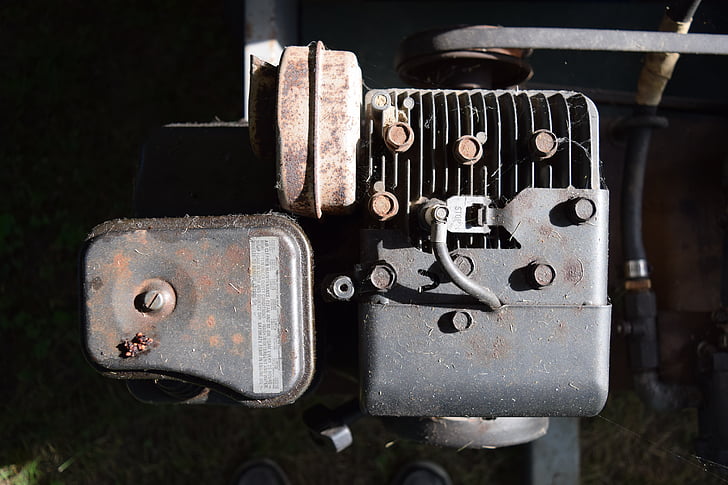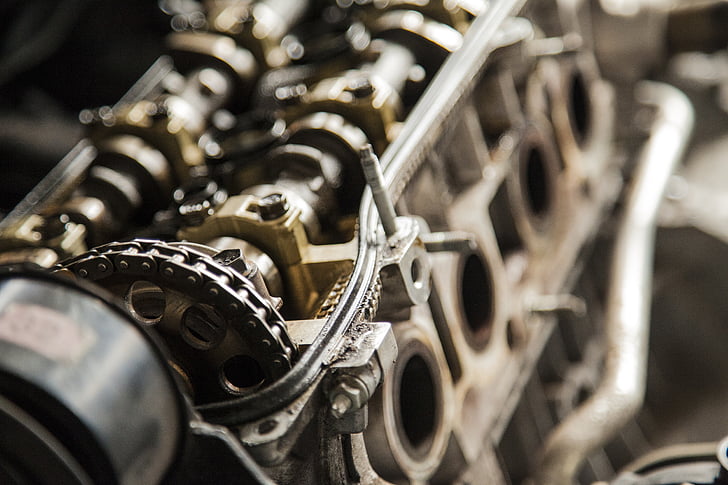The permanent magnet direct drive motors are very fussy. One of the distinguishing features of this type of motor from all the other kinds is involving any traditional reduction mechanism. Most of the motors do require a reducer which can easily convert the high-speed rotation into the lower speed for specific applications.
Due to the unique design and operating principle of a permanent magnet direct drive motor, they can provide the required output speed directly. Therefore, it does not require any reducer for operation.

What is a reducer
It is mainly the mechanical device that acts on the transmission of an engine to reduce the speed and increase torque. It generally consists of gears and bearings that work on the principle of conversion of input of a high-speed rotating motor into lower speed but higher torque output.
Function and working principle of reducer:
It mainly works by changing a high-speed rotating motor input into lower speed output, which suits a particular application and increases the torque of the output. The reducer meets the different applications in terms of speed and torque, thus providing a more stable output.
A reducer works by converting the speed and torque through coordination between gears or other transmission elements. The input shaft is connected to a motor that feeds high-speed rotational power into the reducer. By a combination of these gears or transmission elements, different reduction ratios are made to reduce output speed and increase output torque.
Classification of reducers:
Gear reducers: These generally include helical gear reducers, cylindrical gear reducers, bevel gear reducers, and many others. With all these, there is just about any kind of application that can be manufactured with gears in general.
Worm reducer: A method of varying output to lower speed with rising torque by the use of worm gears and worms.
Planetary reducer: Its planetary gearing system lets it make compact construction without changing the high-reduction-ratio transmission capacity.

Why permanent magnet direct drive motors do not require a reducer
Permanent magnet direct drive motors are a special class of motors that have the privilege of driving a load directly without the intervention of a reducer. They do not have a reducer for a few reasons. These include the following:
High torque densityThehe ratio of starting torque and max torque is very small in the conventional asynchronous motor.
So the reducer is used to get low speed and high torque output. During most working processes, it operates in light load conditions with its power factor comparatively low. The permanent magnet direct drive motors use highly efficient permanent magnets as the excitation source inside the motor, with high magnetic field strength and magnetic energy density. In other words, permanent magnet direct drive motors can provide higher output torque with less volume and weight without reducers to meet the power requirement of a load.
High rpm: Most of the permanent magnet direct drive motors have high RPM and may provide the required RPM directly without the reduction of RPM by the reducer. This will reduce complications in the system and also energy loss during energy conversion.
High Efficiency: Permanent magnet direct drive motors can directly convert the high-speed output of the motor into the low speed required by the load. In the case of a reducer, however, extra mechanical transmission losses reduce the efficiency of the system. Thus, permanent magnet direct-drive motors present lower energy losses in the process of energy conversion and, consequently, higher efficiency of energy conversion.
Fewer transmission components: Permanent magnet direct drive motors without a reducer decrease the number and complexity of parts in the transmission mechanism. Therefore, the maintenance cost for the system is lower while increasing reliability and stability for the whole system.
Low noise and maintenance costs: Conventional motor systems with reducers may have periodic chattering noises, and friction losses due to gearing, which reducers tend to create. Permanent magnet direct drive motors do not require a reducer and, as such, produce less noise. The reducers require periodical maintenance, and part replacements due to problems such as gear wear, and lubrication. On the other hand, permanent magnet direct drive motors have relatively low costs in terms of maintenance.
Applications of permanent magnet direct drive motors
Machine tool industry: Permanent magnet direct drive motors have high torque density, high efficiency, and high precision control. They find their applications in many fields. Some of the common application areas for permanent magnet direct drive motors include:
Textile Machinery: Permanent magnet direct drive motors also have very important applications in machine tools and machining equipment. The high torque density and high precision control they provide make them an ideal spindle drive. High rotational speed, together with the high responsiveness of permanent magnet direct drive motors, provides higher speeds and better productivity.
Solar and wind power generation: Textile machinery includes mechanisms that require accuracy in the adjustment of operating speeds or tensions. Permanent magnet DC drives provide very accurate speed and torque control and are particularly suited to application in both stepped drive systems and continuously variable transmissions applied to textile machinery.